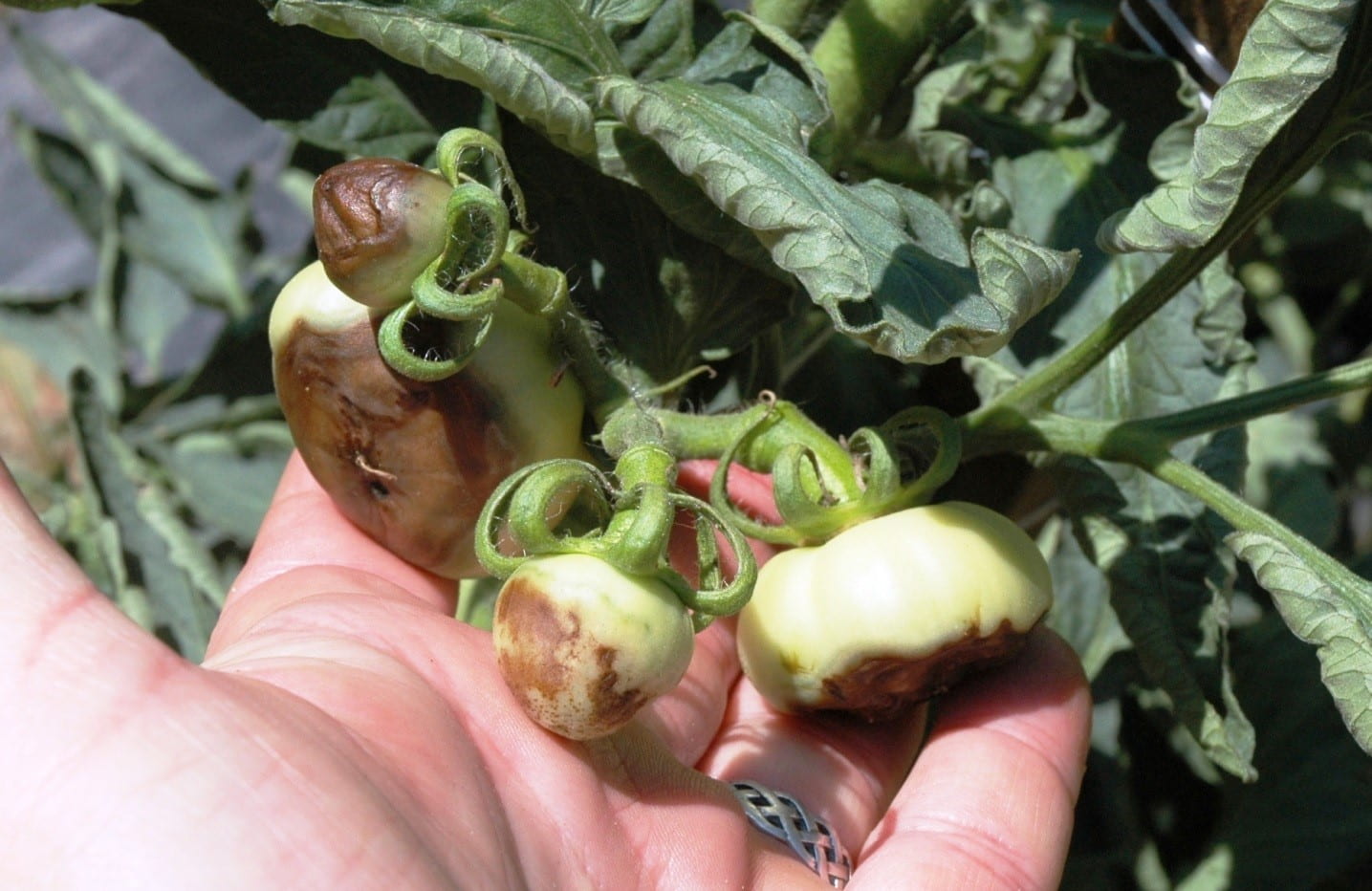Late Summer Insect Tips
Emily Zobel, AgFS Agent, UME
Remember to rotate modes of action from one spray to another and to rotate modes of action out every 30 days. Be sure to read the label. Not all materials are labeled for all crops, insects, or application methods. See the Mid-Atlantic Commercial Vegetable Production Recommendations Guide for more information (https://go.umd.edu/MidVegGuide).
Cole Crops/ Brassicas: Check seedlings and new transplants of fall brassicas for caterpillar, and harlequin bugs feeding damage. For fresh-market cabbage, Brussels sprouts, broccoli and cauliflower, treat when 20% or more of the plants are infested with any species of caterpillar (imported cabbage worm, cross striped worms, cabbage looper, diamondback moth or armyworms) during seedling stage, then 30% infestation from early vegetative to cupping stage. From early head to harvest in cabbage and Brussels sprouts use a 5% threshold. For broccoli and cauliflower, use 15% at curd initiation/cupping, then 5% from curd development to harvest. If treatment is needed make sure to adjust your spray pattern such that spray is getting sideways to the undersides of leaves, particularly when using Bacillus thuringiensis and contact materials. Due to resistance development, pyrethroid insecticides (Group 3A) are not recommended for control of diamondback moths (Fig 1.). Remember to rotate between two modes of action within a 1 month period and among two different modes of action during the next month.
Melons: Continue to scout melons for aphids, cucumber beetles, spider mites and rind-feeding lepidopteran worms (yellow striped armyworm, corn earworm, beet armyworm). Beet armyworm and corn earworm are completely or partially resistant to pyrethroids. Any fields that were treated with broad-spectrum insecticides, such as pyrethroids, should be checked since they can severely reduce these natural enemies causing spider mite outbreaks. If you see large aphid populations, look for beneficial insect activity. If numerous lady beetle, syprhid maggot and lacewing larvae are present, wait and check a few days later as these natural enemies can greatly reduce aphid population. The cool night will also slow them down aphid population growth. These infestations can be spotty/localized so treatment might not be across the whole field.
